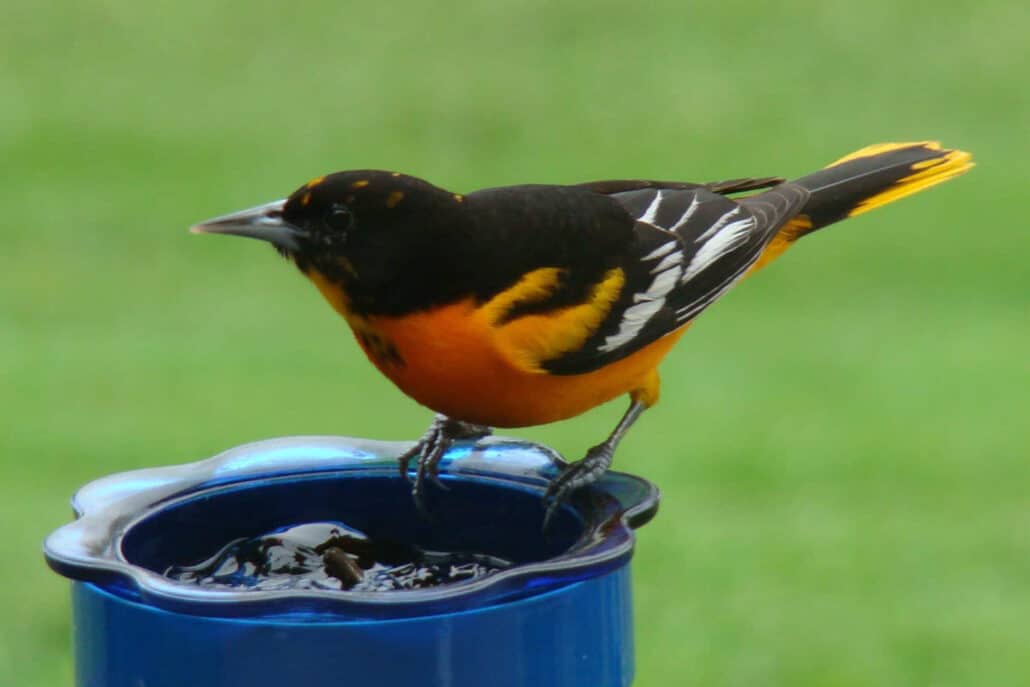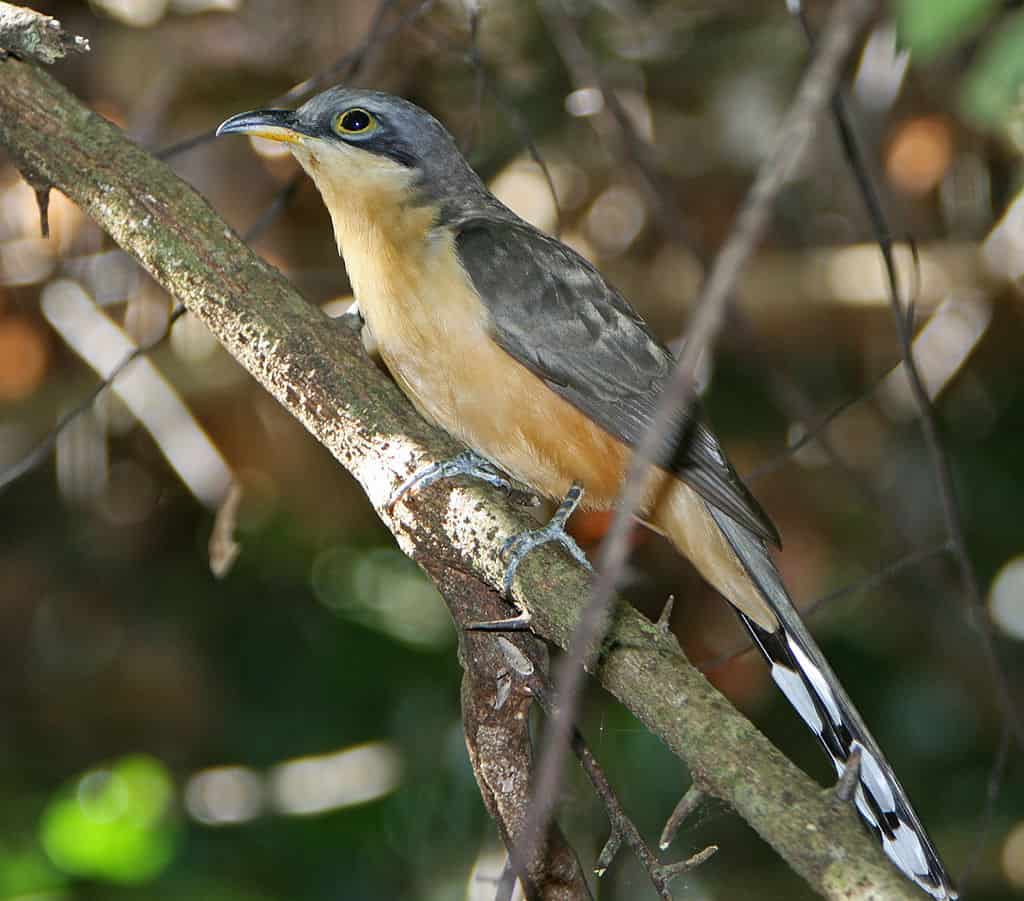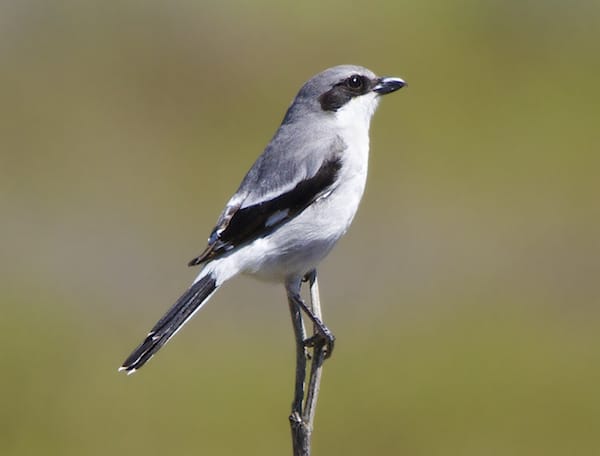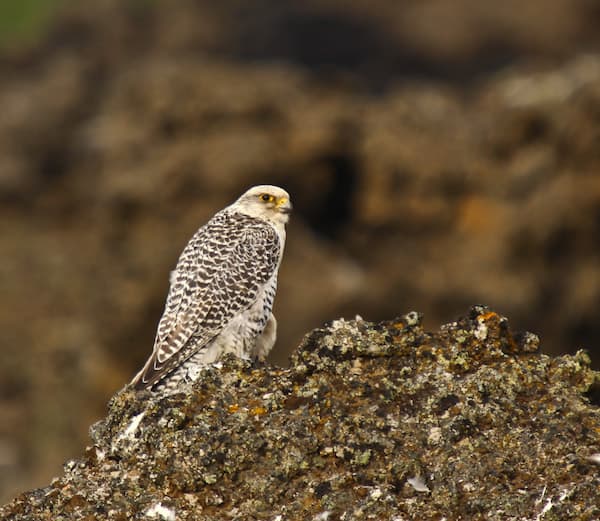Bird feeding is a rewarding pursuit—for us and the birds!—that can be enjoyed year-round. Whether you’re offering sugar water to hummingbirds, suet cakes to woodpeckers, or mealworms to insectivores like bluebirds, the heat and humidity of summer can adversely affect the offerings at your feeding station. Follow these tips to ensure the health and safety of your backyard visitors.

Jelly: It is undeniable that grape jelly—or any dark-colored jelly—is a favorite dish of orioles and other birds. But go easy on the jelly. It contains much more sugar than any naturally occurring food source for birds. Offer no more than a tablespoon or two of jelly per day in a shallow bowl. Small birds have been known to get their feathers soiled and sticky while dining from a deep bowl of jelly, impeding their flight, and making them vulnerable to predators.
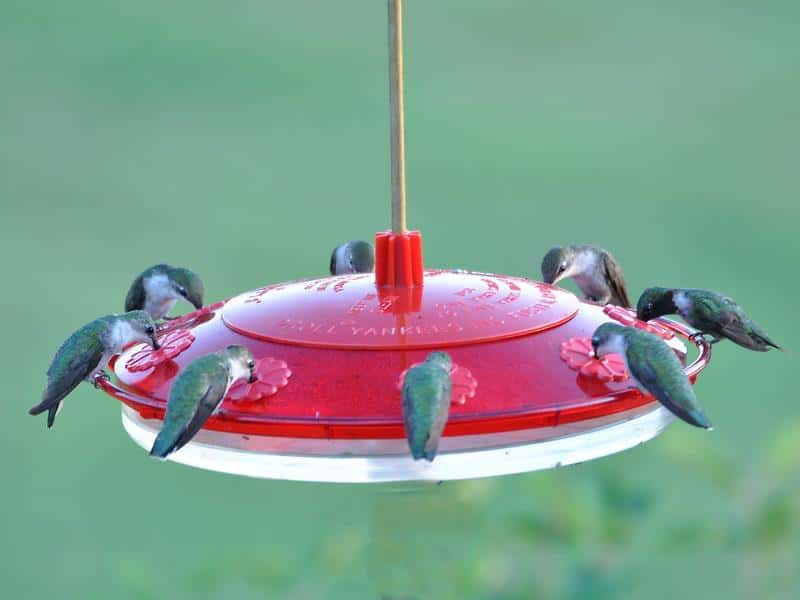
Sugar: A four-parts water to one-part white, granulated table sugar mimics the nectar found in native flowers. Stick with that ratio, and never offer honey, stevia-sweetened water (zero calorie), or artificial sweeteners to birds.
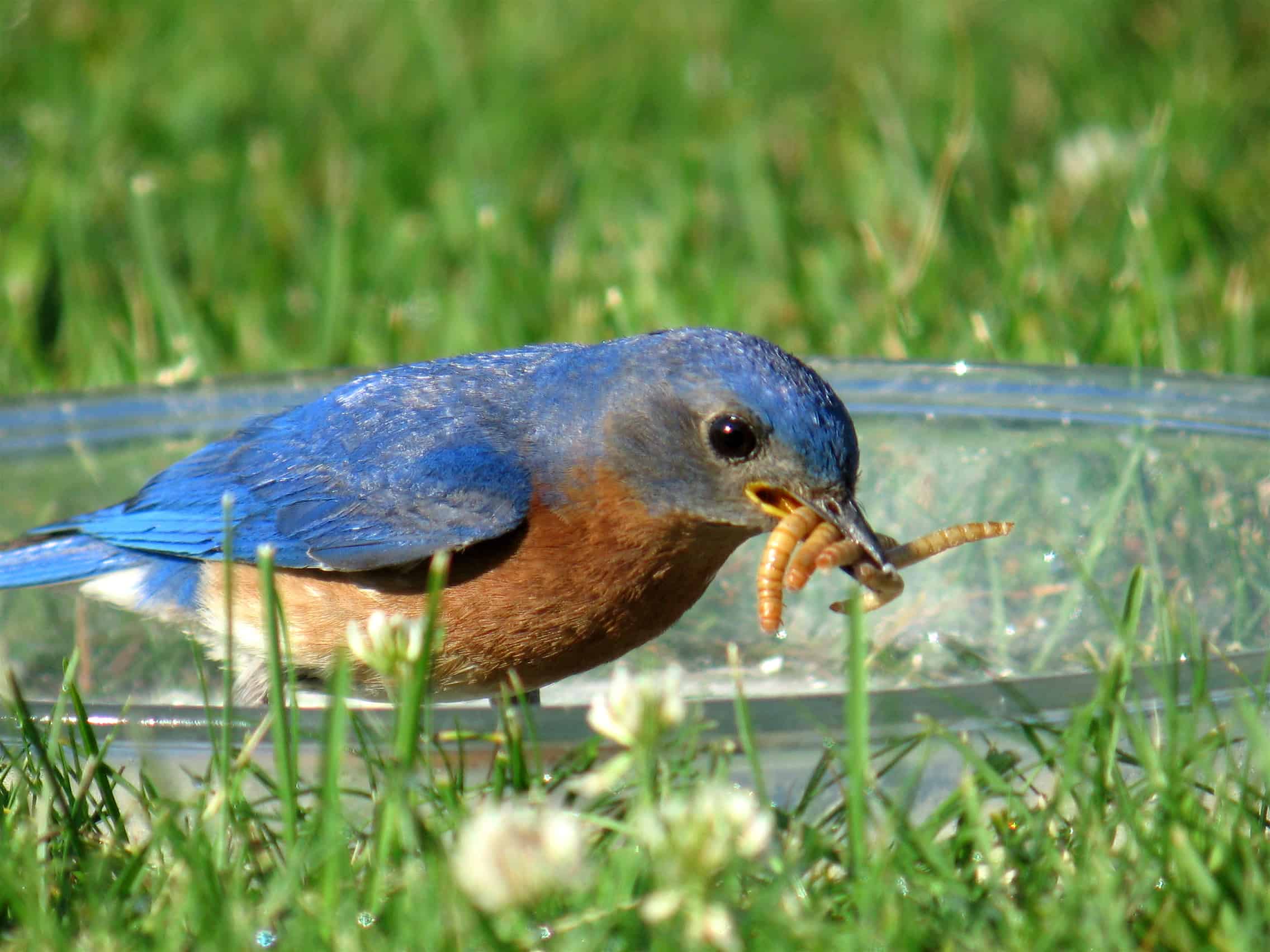
Mealworms: If you provide mealworms at your bird buffet, limit your offerings to roughly 10 per day per bird. That can be hard to estimate, but the point is: Don’t allow the birds unlimited access to mealworms. They will pig out, and such a rich diet will throw off their metabolism and molt schedule, to the birds’ detriment.

Suet: Suet can go rancid in bright sunshine or hot weather, and melted suet can oil feathers, impeding flight and making birds easy victims. It’s okay to offer small chunks of suet in the summer, but only as much as birds will consume in a few hours.

